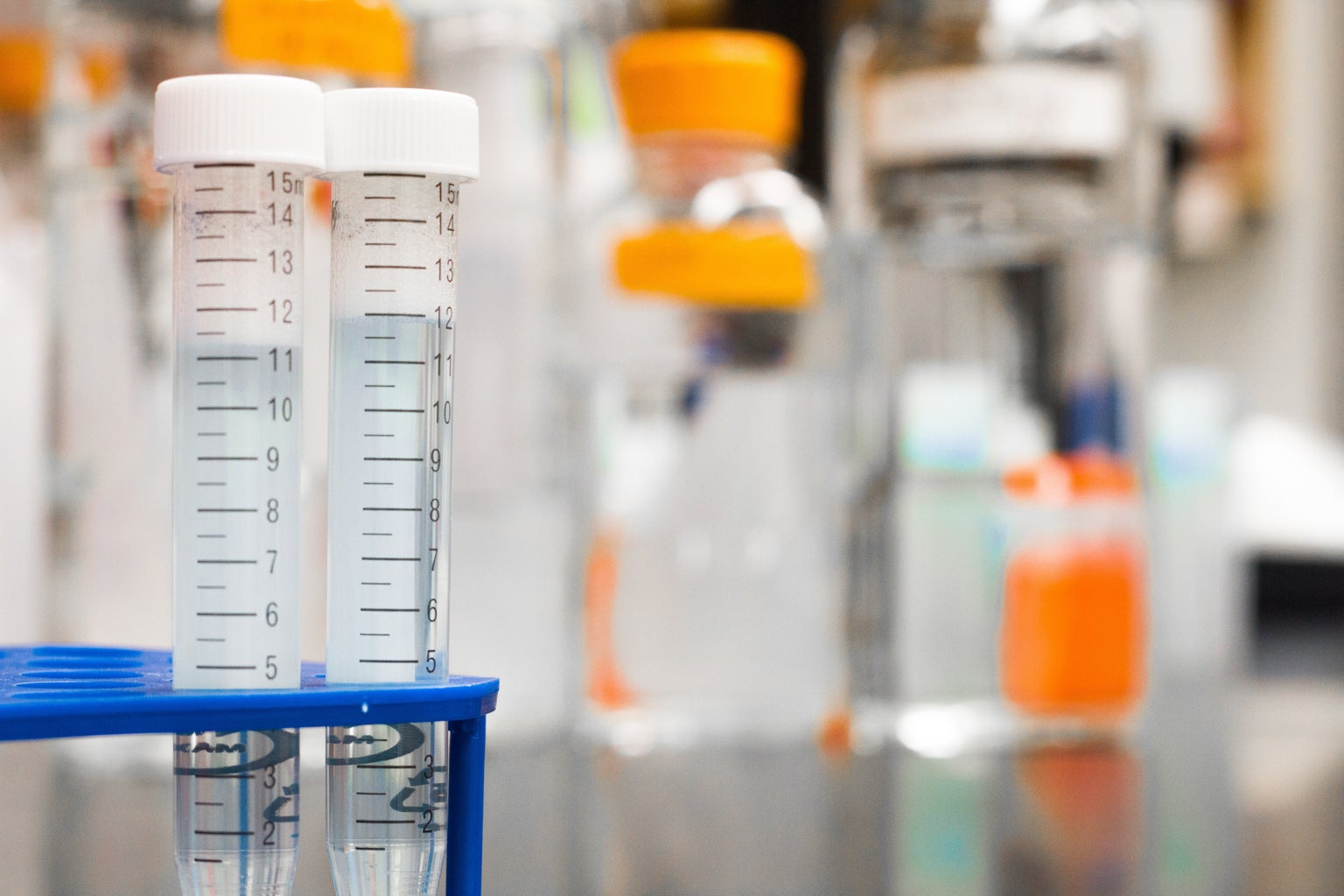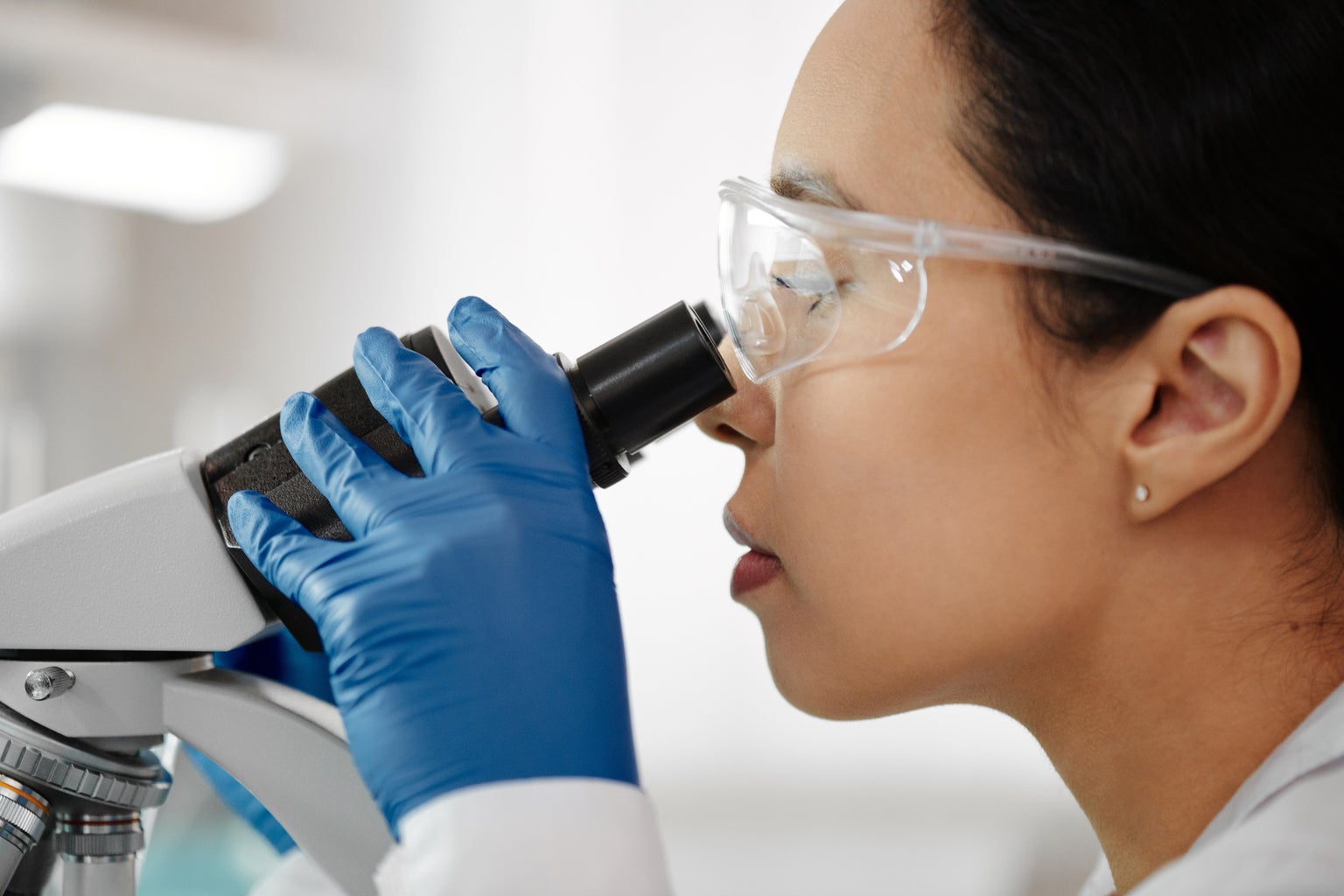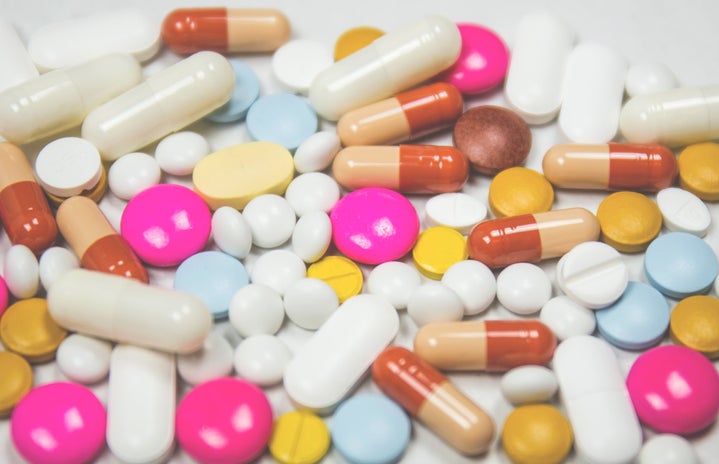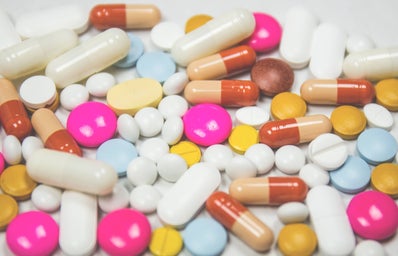Antibiotic resistance is a systemic, global issue that many are unaware of. But this issue will have calamitous ramifications if not addressed urgently.
To provide you with some background, antibiotics kill germs and bacteria. But some bacteria are able to use resistance mechanisms to fight the antibiotic and survive. These bacteria then grow stronger and multiply. Bacteria often carry resistance genes in their plasmids and can transfer-resistant DNA to other bacteria.

Antibiotic resistance is a naturally occurring process; however, there are many factors that have accelerated the process. One factor is the prevalent misuse and overuse of antibiotics. Doctors are very busy people, so when a patient comes into the office self-diagnosed, demanding an antibiotic, it is easy to just write them a prescription and be done. Overprescription is exacerbating the problem by exposing more germs to the antibiotic, thus encouraging the transfer of antimicrobial resistance to other germs through DNA.

Until recent years, new antibiotics were being created and averting the crisis of antimicrobial resistance. However, the pharmaceutical industry is less inclined to develop antibiotics due to the lack of economic incentives. 15 out of the 18 big pharmaceutical companies have quit the antibiotic field, according to an article by Pharmacy and Therapeutics. Antibiotics are only taken for a few weeks and are curative in nature. Pharmaceutical companies are more likely to develop drugs for chronic diseases, such as diabetes and asthma, as people will take these drugs for many years and the company will make more of a profit.
Antibiotic resistance is a multi-faceted issue that requires a multi-faceted solution. Governments, health care providers, hospitals, and society as a whole need to make a deliberate and collective effort to address a crisis that has the potential to cause mass devastation and suffering for future generations if gone unaddressed.
Although this topic tends to fly under the radar, it’s important for all of us to know the catastrophic effects it could have.
Want to keep up with HCBU? Make sure to like us on Facebook, follow us on Instagram, check out our Pinterest board, and read our latest Tweets!


